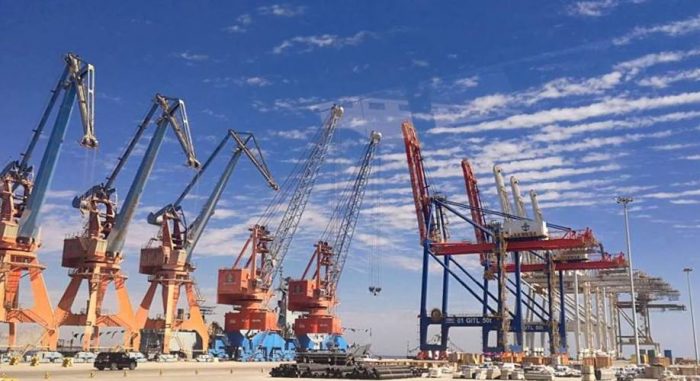Matter of JCC
The last JCC was held in November 2019 and the next meeting has not taken place yet due to disagreements over various matters. This is the longest gap in JCC meet after the first one was held in August 2013.
Officials in Pakistan have told Nikkei Asia that the meeting will not take place for at least another three months. However, the Ambassador of China to Pakistan Nong Rong on Tuesday met Mathar Niaz Rana, secretary, planning development, and special initiatives.
The two discussed the progress of the upcoming JCC meeting. It is believed that Pakistan’s rising debt and a series of corruption scandals have resulted in China slowing down the projects.
Largest CPEC Project Hangs Fire
The Main Line 1 (ML-1) railway project, the largest CPEC project worth $6.8 billion, has been witnessing delays due to the unsettled financial structure. Last month, China sought additional guarantees before sanctioning the loan.
The issue of additional guarantees was raised during the third joint ML-1 Financing Committee Meeting held in December. The ML-1 project includes upgrading the 1872-km railway track from Peshawar to Karachi. It is a major milestone for the second phase of CPEC, part of China’s ambitious Belt and Road Initiative.

Going against Islamabad’s wishes of “cheapest lending”, China had offered a mix of concessionary and commercial loans for these projects, which will significantly increase the aggregate interest rate for Pakistan.
Pakistan has already sought debt relief to meet G-20 lending conditions. It cannot secure expensive commercial loans, except those allowed under the International Monetary Fund and World Bank framework. Experts believe China is being reluctant in lending any more loans due to the delay in returns.
Matter of SEZs
Another disagreement between Beijing and Islamabad is over Special Economic Zones (SEZs). Reports suggest Chinese companies will start production and export from Pakistan in the second phase of CPEC from 2020 to 2025.
China Fears For Its Billion-Dollar CPEC Project As India-Pakistan Exchange Blows At The Border
However, there is no industrial cooperation framework for the SEZs. Except for the memorandum of understanding, there is no detail on tax exemptions and requirements for employing local labor.
China and Pakistan are also looking at prospective foreign investors for the SEZs. While China was earlier reluctant on non-Chinese companies investing in the SEZs, but the lack of finances has changed the situation.
A report in Asia Times in December had revealed that China’s BRI lending has declined in the past few years and cutting on funds is part of its rethinking strategy.




